Replacement of I-895 Canton Viaduct. Baltimore, Maryland.
The existing 3,300 foot long steel girder bridge north of the Baltimore Harbor Tunnel crosses nine Norfolk Southern Railroad tracks, eight CONSOL Energy tracks, three CSXT tracks, three Canton Railroad tracks, Keith Avenue ramps to/from I-95, Newkirk Street, Holabird Avenue, and Ponca Street. The replacement bridge consists of a 3,155 foot long 19-span straight and curved steel girder bridge and a 130 foot long pile supported retained fill section. The project also includes replacement of the existing Holabird Avenue off-ramp bridge and retained fill section with a 3-span curved steel girder bridge and new retained fill section. The mainline I-895 bridge will be replaced on the existing alignment requiring four stages of construction while maintaining two lanes of traffic in the peak direction and one lane of traffic in the off-peak direction using a moveable barrier system.
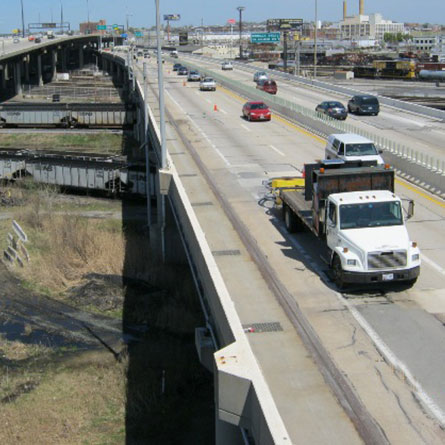
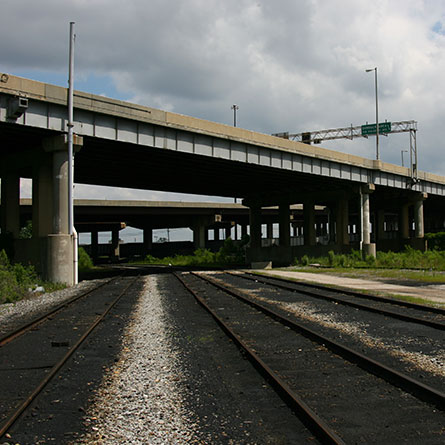
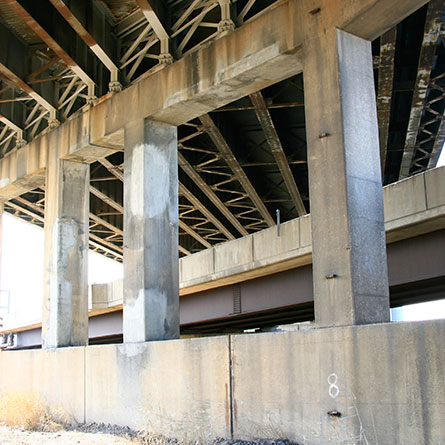
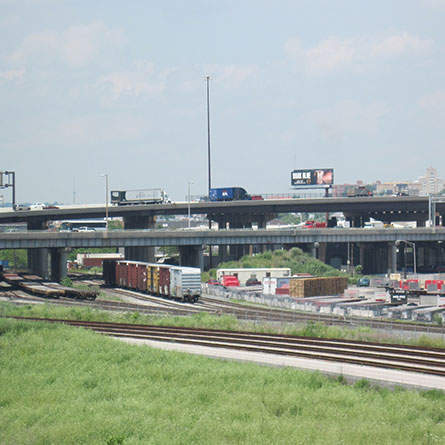
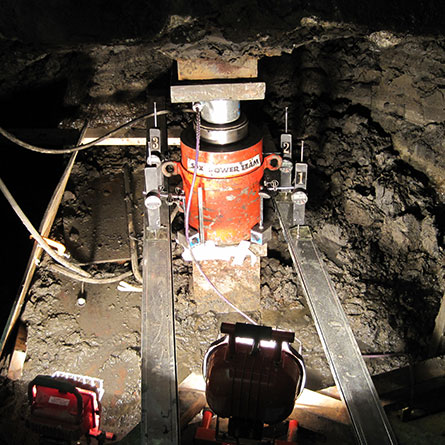
Services Performed
Project Highlights
Highway
WRA developed the horizontal and vertical alignments for the replacement bridge. Challenges included maintaining vertical clearance over 23 railroad tracks, passing under I-95, and improving the design speed of the roadway with the cross slope design.
Surveying
Survey for the project consisted of boundary surveys to locate existing right-of-way and both aerial and field topographical survey of the existing conditions. Survey was tied to the Maryland State Plane Coordinate System (NAD 83/91) and NAVD 88 datum.
Traffic
Manage traffic using moveable barrier system which can alternate direction of travel in one lane to meet peak travel demand conditions. Over-height vehicle detection, lane use control signal, CCTV systems, lighting, and signing will be upgraded on the bridge and approaches.
Water Resources
The project requires the diversion of the surface and bridge drainage away from the 23 railroad tracks below the bridge. Stormwater Management Design will employ the use of bioretention facilities and retrofit of an extended wet pond facility.
Geotechnical
Design included micropiles and steel pile foundations, pile supported embankments and lightweight foamed concrete fill to minimize embankment loads on soft soils. Micropile design was optimized by use of a pre-construction test program that included compression, tension and lateral load testing.
Environmental
Required environmental efforts will be all field work and documentation necessary to secure authorization and permitting from local, state and federal agencies, which includes wetland permitting (USACE & MDE), Roadside Tree Permit (DNR), and Forest Stand Delineation/Conservation Plan (DNR).
